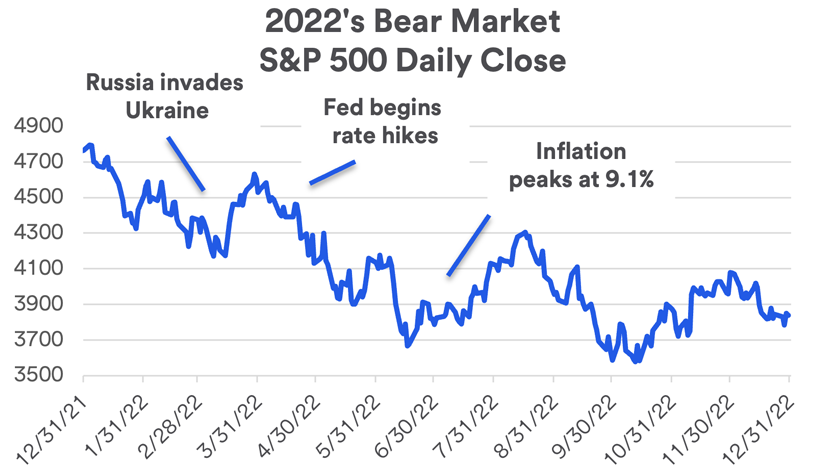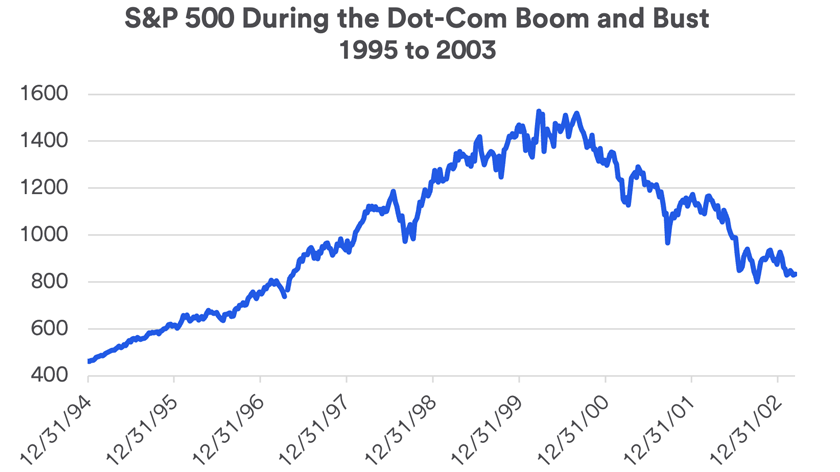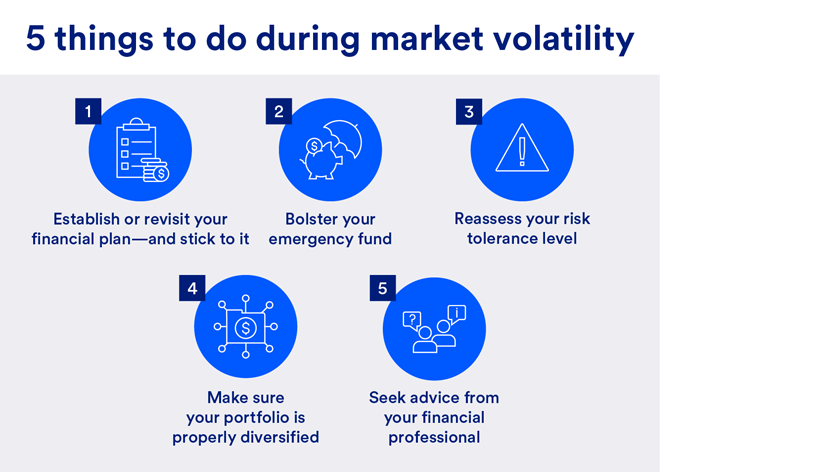1. Establish or revisit your financial plan
A financial plan is “the foundation of investing,” says Eric Freedman, chief investment officer for U.S. Bank Wealth Management. He emphasizes that sticking with a plan helps you avoid the urge to move money in and out of the market in reaction to price changes.
“Investors often find that market timing doesn’t result in a favorable outcome,” Freedman says.
As you create or review your plan:
- Take a close look at your financial goals and your time horizon. If they’re no longer realistic, make adjustments so you can stay on track.
- Review your monthly budget to assure you’re comfortable with your income and expenditures. You should be able to cover essential expenses at all times.
- If necessary, try to identify ways to set additional dollars aside for your most important financial goals.
2. Bolster your emergency fund
Your emergency cash savings serve as a financial cushion during difficult times or to help you meet unexpected expenses. The conventional wisdom is that you should have the equivalent of three to six months’ worth of income readily available.
If your income fluctuates in economically challenging periods or due to the nature of your work, consider bumping up your emergency fund to six to nine months’ worth or more. It will provide peace of mind that you can get through challenging periods.
3. Reassess your risk tolerance level
Your risk tolerance is one of the pillars of your investment strategy. From time to time, reexamine your views on investment risk.
- Are you willing to accept moderate losses in your investments temporarily? If you are, you could build a portfolio mix aimed at enduring more significant short-term volatility but that has the potential for higher returns in the long run.
- Do you become nervous about your portfolio during down markets? If so, you may want to choose a more conservative portfolio mix to reduce risk. For example, you may be able to take advantage of today’s higher bond yields to position more assets in bonds and manage risk by reducing equity positions.
- What is your time horizon to retirement? If you’re nearing retirement age, you may want to reduce risk in your portfolio to avoid any significant losses just before or once you’re in retirement – what’s called downside risk. By contrast, if you’re 20 years or more away from retirement, time is on your side. You may be more willing to take on more risk to potentially earn a higher return and ride through the market’s challenging periods.
4. Make sure your portfolio is properly diversified
A diversified portfolio that better weathers market volatility begins with owning an appropriate mix of investments aligned with your risk tolerance level. The mix of assets you hold should represent three broad investment categories: stocks, bonds and cash.
- Stocks: You might want to include small-, medium and large-cap stocks, along with international stocks. You could also include some combination of growth and value stocks, as well as specific industry sectors in your asset mix.
- Bonds: Consider government bonds, corporate bonds, and bonds of different maturities.
- Cash: Cash and cash equivalents, such as CDs and money market accounts, provide liquidity and portfolio stability.
“In the current environment, economic trends such as GDP growth, inflation and interest rates seem on a relatively stable course,” says Rob Haworth, senior investment strategy director at U.S. Bank Wealth Management. “It’s leading many investors to maintain a rather neutral weighting in their asset allocation mix.”
For those who still have a sense of caution about the stock market, “a dollar-cost averaging strategy is an effective way to help mitigate the risk of short-term market volatility when you put money to work in assets that can fluctuate in value,” adds Haworth.
Reassess your portfolio at least annually. And as your portfolio rises or falls in value due to varied investment performance, you may want to rebalance it to make sure it’s still aligned with your primary objectives.
5. Talk with your financial professional
In the near term, investors should prepare for additional market volatility. “The markets are likely to continue the up-and-down pattern we’ve seen in the early months of 2024,” says Haworth. An experienced financial professional can review your current plan or guide you through the process of developing a plan to help you feel confident that you’re on track to your financial goals.
Even if you’re currently comfortable with your plan and investment portfolio, the economic environment can change quickly. A financial professional can help assess your circumstances and calibrate your plan as necessary to either help protect your financial position or take advantage of new market opportunities.
Your financial goals are the foundation of your financial plan. Learn about our goals-focused approach to wealth planning.






